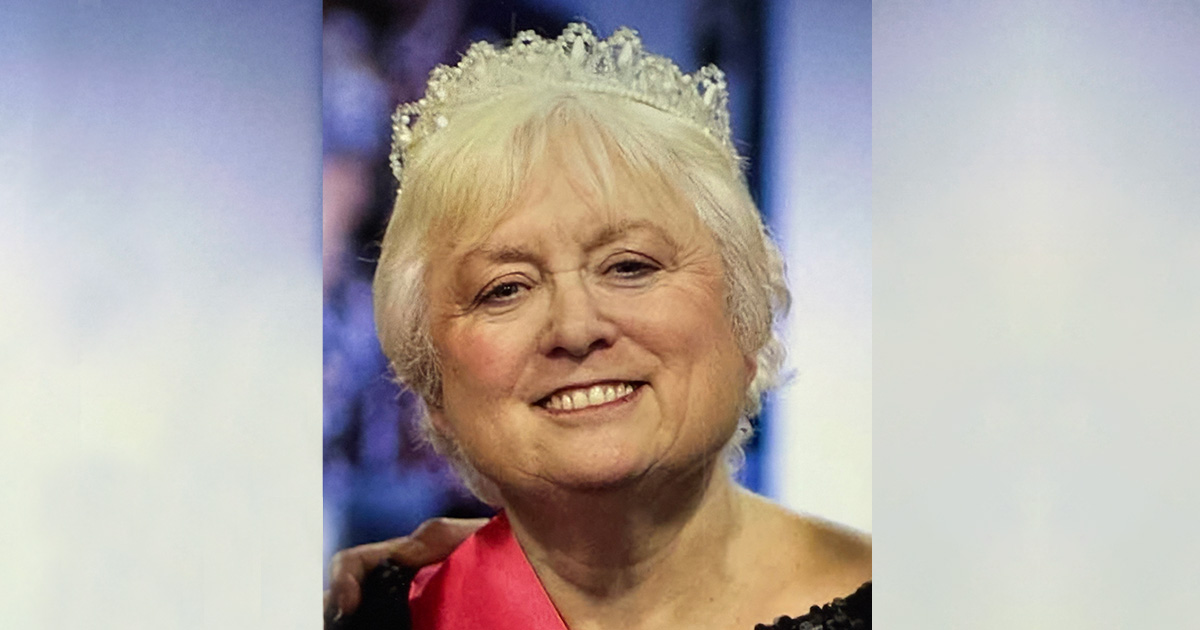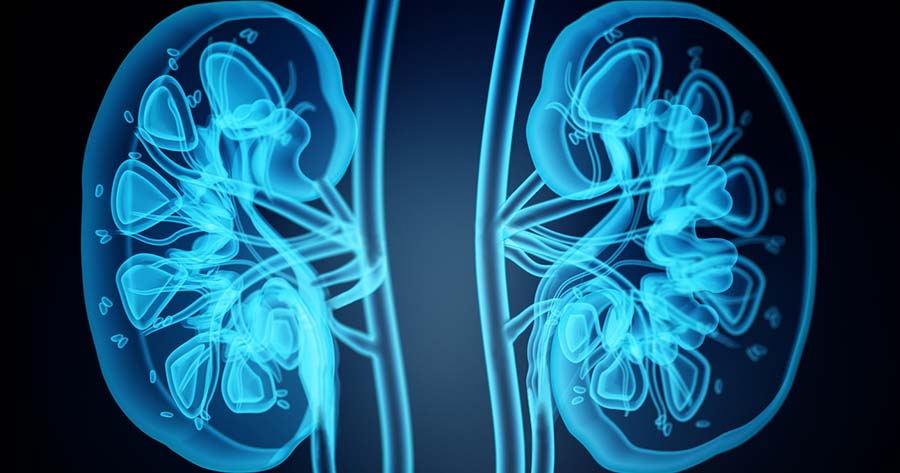Insulin pump, or continuous subcutaneous insulin infusion (CSII), therapy is still not a commonly offered treatment option for people with type 1 diabetes living in the UK. The Report of the Insulin Pumps Working Group (Department of Health, 2007) estimated that only about 1% of people with type 1 diabetes in the UK used an insulin pump. This compares poorly with other countries. For example, the Czech Republic has 5% of its adult population with type 1 diabetes on insulin pump therapy, and this figure is over 25% in the USA (Pickup, 2006). The number of younger people using CSII therapy in the UK is even lower, with approximately 0.1% of children with type 1 diabetes using it.
Insulin pump therapy is seen as expensive, and is often reserved for individuals in whom other insulin delivery regimens have failed. The NICE guidelines for CSII therapy, issued in February 2003 (NICE, 2003), raised awareness of insulin pump therapy, and PCTs were obliged to fund this for those who met its criteria. As users often had to fund insulin pump therapy themselves before this document, the guidelines made CSII therapy accessible to more people. However, local variation in the interpretation of the guidelines, and the rather narrow criteria recommended by NICE, still meant that many people with type 1 diabetes and their specialist (usually secondary care) diabetes teams had difficulty in obtaining funding for insulin pump therapy.
The revised guidance
The NICE guidance for CSII therapy was revised in July 2008 (NICE, 2008a). The previous guidance restricted NHS-funded insulin pump therapy to adults with type 1 diabetes, who were unable to achieve an HbA1c of <7.5% without episodes of disabling hypoglycaemia. They should already have been using a multiple-daily injection (MDI) regimen, and carbohydrate counting. People with type 2 diabetes were excluded from using CSII therapy. The revised guidance has widened the criteria significantly, and now includes insulin pump use for children (see Box 1).
The impact of hypoglycaemia is also more broadly defined in the revised guideline. “Disabling hypoglycaemia” includes episodes that occur frequently or without warning, so that the individual is constantly anxious about another episode occurring, which has a negative impact on their quality of life – this could be applied to most people with type 1 diabetes!
As insulin pump therapy is managed by a specialist diabetes team, it is seen as an intervention that is secondary care business. However, PCTs (and, in the future, local commissioners) play a significant role in the management of insulin pump therapy, as they are obliged by NICE to fund this therapy in individuals who meet the criteria set out in the guidelines. Where an individual PCT prioritises insulin pump therapy in the list of the many health interventions it needs to fund, and the processes it puts in place (or not) for accessing funding, can make a huge difference to whether people with diabetes can get an insulin pump, and how quickly they can do so.
Costs of insulin pump therapy
Insulin pump therapy is expensive. However, it can make a big difference to the individual using it. People on CSII therapy report improved treatment satisfaction and quality of life, including: better general health, reduced anxiety and depression scores, increased freedom in eating and sleeping, and generally higher coping ability (Pickup et al, 2002; Linkeschova et al, 2002; Hoogma et al, 2006). NICE considers an intervention costing <£30000 per Quality-Adjusted Life Year (QALY) as cost-effective. CSII therapy has been calculated as costing between £11461 and £25648 per QALY (Roze et al, 2005), which confirms that it can be excellent value for money. Insulin pump therapy, when successful, can improve HbA1c levels (and therefore reduce microvascular complications), and protect against diabetes-related hospital admissions, episodes of diabetic ketoacidosis, and severe hypoglycaemia (DCCT Research Group, 1993; Bode et al, 1996; Weissberg-Benchell et al, 2003; Ulahannan et al, 2007); all of which can be very expensive to the NHS.
However, when PCTs commit to funding for an individual to start CSII therapy, it is not just the price of the insulin pump (around £2500) that has to be considered, the ongoing consumables also need to be funded (about £1000–£1500 per annum). As more people are started on insulin pump therapy, the budget for the consumables will need to grow annually. PCTs will also have to ensure that the budget for insulin pumps expands considerably to cope with increased demand. The author’s PCT currently supports 52 individuals on insulin pump therapy, who are managed at four local hospitals, incurring an annual cost of approximately £100000. This is “big money” for a relatively small number of people. The PCT covers a population of nearly half a million individuals, many of whom are living in some of the poorest areas in the UK, with the usual health problems associated with deprivation. Insulin pump therapy has to compete for funding against a long list of other health interventions and services.
How many pumps will be needed to meet the recommendations of the revised NICE guidelines, and what will this cost?
For budget planners, the NICE website is very helpful and provides a costing template (http://www.nice.org.uk/Guidance/TA151/CostTemplate/xls/English [accessed 09.02.09]). Locate the relevant PCT, and check and amend the population served by the PCT. It will then give the adult, and children <12 years old populations, and the expected number of individuals with type 1 diabetes in those populations. Of those with type 1 diabetes, NICE predicts that up to 15% of adults and 50% of young children <12 years old will be eligible for insulin pump therapy (NICE, 2008b). The costing template gives actual numbers of adults and children for your PCT. For the author’s PCT, this equates to about 165 individuals, taking the annual budget for insulin pump therapy to >£300000.
Audit standards
For the relatively small number of individuals treated, the annual budget for CSII therapy will seem quite high. As the PCT has a responsibility to ensure that its budget is spent wisely, audit structures should be built into any insulin pump pathway that is agreed between the PCT and the specialist diabetes team. Ideally, the specialist diabetes team should give the PCT feedback about the success, or otherwise, of insulin pump therapy in practice, to justify the continuation of funding. If not making a difference, CSII therapy should be discontinued, as per NICE guidance.
What should be measured?
NICE guidelines suggest that an improvement in HbA1c levels, and any reduction in hypoglycaemic episodes are suitable outcomes to demonstrate the efficacy of insulin pump therapy (NICE, 2008c). However, this may be difficult, as a reduction in hypoglycaemia may be accompanied by a higher HbA1c level! Quality of life assessment before and after initiation of insulin pump therapy, and a reduction in admissions for diabetic ketoacidosis (to demonstrate cost savings) can be useful. The NICE website includes an audit tool for PCTs (see Box 2). There will need to be effective, honest communication between the PCT and the specialist diabetes team in secondary care if these audit data are to be collected.
The recommendation that children started on a pump before 12 years of age should have a trial of MDI between the ages of 12 and 18 years will be particularly difficult to measure. It will probably be difficult to actually encourage successful users off their insulin pumps, as if the therapy is working, they may be reluctant to change regimen.
To facilitate a closer partnership between managers and funders of CSII therapy, the specialist diabetes teams across Birmingham have been meeting three times a year since the first guideline on CSII therapy was published (NICE, 2003). The pan-Birmingham insulin pump group encourages sharing of best practice, has updates on the latest pump technology, and discusses relevant issues, such as suitable audit tools and data capture. The author also attends, representing the PCT, and this has been very useful for both the PCT and the specialist diabetes team in keeping costs down and facilitating funding. The group developed a pathway for hospital specialist diabetes teams, giving the contact names for insulin pump funders in all the PCTs that they deal with, and the processes required to secure timely funding. Having named contacts is particularly important; in the author’s experience, requests can get lost in the system, because most people who deal with finance applications in PCTs have no idea what an insulin pump is! The pathway also includes guidelines for ensuring that referral letters requesting insulin pumps clearly meet NICE criteria, as this can be a reason for funding being rejected by the PCT.
In some areas, specialist teams are required to write individual business cases for each person needing funding for an insulin pump. This is time-consuming, and in the author’s opinion will not be realistic as CSII therapy becomes more mainstream. PCTs need to have a designated budget for insulin pump therapy organised and available. Budget planning for insulin pump therapy, agreeing information sharing (and the processes by which this will be achieved) should be decided through the local diabetes network. Although NICE has provided clear guidance regarding which individuals should be offered CSII therapy, local negotiation will be needed to agree additional costs: running an insulin pump service includes staffing and training costs, for example. An additional consideration is that continuous blood glucose monitoring is included with some insulin pumps, but NICE does not advise on the funding or requirements for its use. Furthermore, the current national tariff does not cover the cost of initiating CSII.





NHS England to allow weight-loss injections for prioritised patient cohorts from late June.
5 Apr 2025